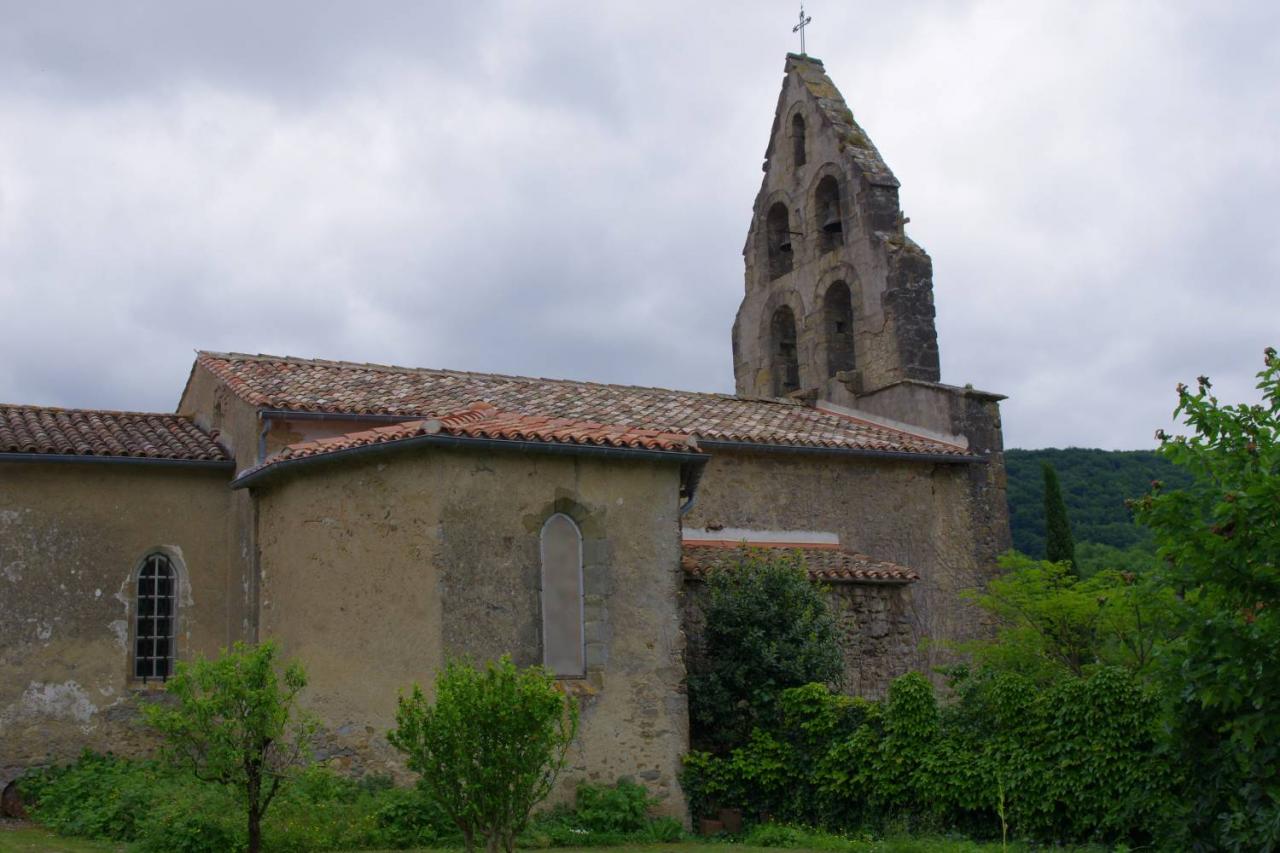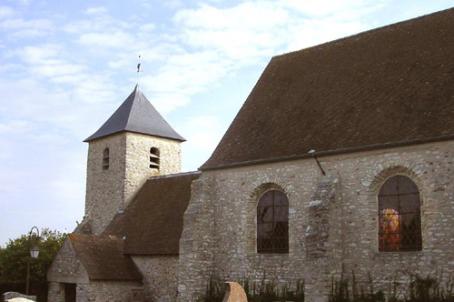Church of de Courtauly
The village of Courtauly is located near Carcassone, in the region of Occitanie. The Courtauly church dates back to the 16th century. It is composed of a rectangular nave, an imposing five-arched bell tower and a three-sided choir. On the facade of the church is written "Las que passan tornan pas" - “The hours that pass will not come back”
About this building
The village of Courtauly (in Catalan or Occitan Cortaulin) is located near Carcassone, in the region of Occitania. The village is first mentioned in 1179 this village, in an Act of the Lordship of Alaigne in which is stipulated an oath of fidelity to the Viscounts of Beziers. In 1229, at the time of the Albigensian crusade, the village was confiscated due to belonging to heretics, and is given to the Lord Guy of Lévis de Mirepoix, in whose family it will remain until the French Revolution.
The Courtauly church dates back to the 16th century. It is composed of a nave with a rectangular plan, with an imposing bell tower with five arches on the western side and a choir with three cut sides on the East. A rib vault dating from 1558 covers the nave and choir. Two chapels of the same size, also with three cut sides, are located to the north and south of the nave and form a false transept.
On the facade of the church is written "Las que passan tornan pas" (The hours that pass will not come back).






